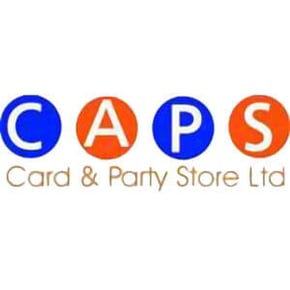You might think retail product placement is as simple as filling the shelves. Yet, more thought is given to shopping space than this. In fact, organising the retail space is something of a fine art. Others would claim it to be a science. Whether it is talent or intellect that wins the battle, the placement of items in a store is done with deliberation.
Those shops that sell fast-moving consumer goods (FMCGs) are particularly concerned with the psychology of retail product placement. The inexpensive, everyday items people need every day often have short shelf lives. Therefore, the stock needs to move through your store at a rapid pace. Where you place these items in the shop can make all the difference to your bottom line.
Your quality items could become your bestsellers or your duds, dependent on the choices you make.

What is retail product placement?
To begin with, let's look at what product placement in the context of retail means.
It is an area of scientific study. Experts research the best position of a product within the retail environment. The aim is to control the behaviours of the customer from the moment they enter your shop until they hit your tills. Such retail product placement research aims to produce a planogram of the shop. This model will show how to organise products to maximise sales.
The researchers will consider lighting, the size of your shop, which products sell best and match all this to your customer demographics. Obviously, you cannot control the customer, but you can nudge them to make decisions in a way that will promote a purchase.

The essential findings of retail product placement experts
If you want to make a start at intelligently placing your products, here are a few quick tips that could get you started.
1. Put the essentials at the back of the store
This idea makes sense, as you will be encouraging your customers to work past all the other items in your store twice. Once, on the way to collect the milk and bread, and then again on the road to the tills.
2. Place luxurious items at the store entrance
You should also tantalise people by putting the luxurious items in the store entrance when the trolley is empty and the need to seek a treat at its highest. The next place for those temptation items is by the till.
3. Eye-level is the buy level
Make sure your best items are at the eye level of your customer, where nearly 80% more products will be selected in comparison to the bottom shelf. The only time this isn't true is when your target market is toddlers. With toddlers, the bottom shelf is prime real estate.
4. Place complementary products side by side
Clothing stores are the masters of this product placement. The perfect jumper will be displayed with the exact pair of trousers that should be bought at the same time. Supermarkets also use this to place items that are used together within close proximity to each other to motivate the shopper to purchase these items together.
How many times have you been able to pick up batteries in the same place as you picked up the toy needing the batteries?
5. Give your consumer some room
Small boutique shops are fine in specific contexts, but people tend to rush in and rush out. If you want people to browse your wares, then design and implement wider aisles to do this in comfort. It’s just as important for you if you manage a larger retail store.
Colour matters too
When considering the psychology of product placement, you should consider the science behind colour too.
Your branding is carried throughout your store with the colour you select. The major supermarkets are excellent examples of this. You know you are in Sainsbury’s, for example, when your world is orange, and in Tesco when everything is blue.
However, colour has a higher psychological power than this.
If you use the right colour, you can overcome the customers' objectives and improve the chances of them making a purchase from your shop. For instance, most tech companies use the colour blue. Think about Facebook and Twitter. They select this colour because people link it to safe and trustworthiness.
It’s the same approach for a pharmacy retailer. Most use a combination of white and another colour because it’s a colour worn by doctors and nurses. Also, white is associated with expertise and hygiene.
On the other hand, some shops use a lack of colour to connote sophistication.
Luxury brands tend to favour black to tell the brand story – though they offset this with complementary colours at times to prevent the choice being too depressing.
Conclusion
Your planogram, or the map of your shop, is where you can make a substantial difference to your profits. Success is often about the correct product selection. However, appropriate product placement and merchandising are important factors that can substantially increase your profits too.


